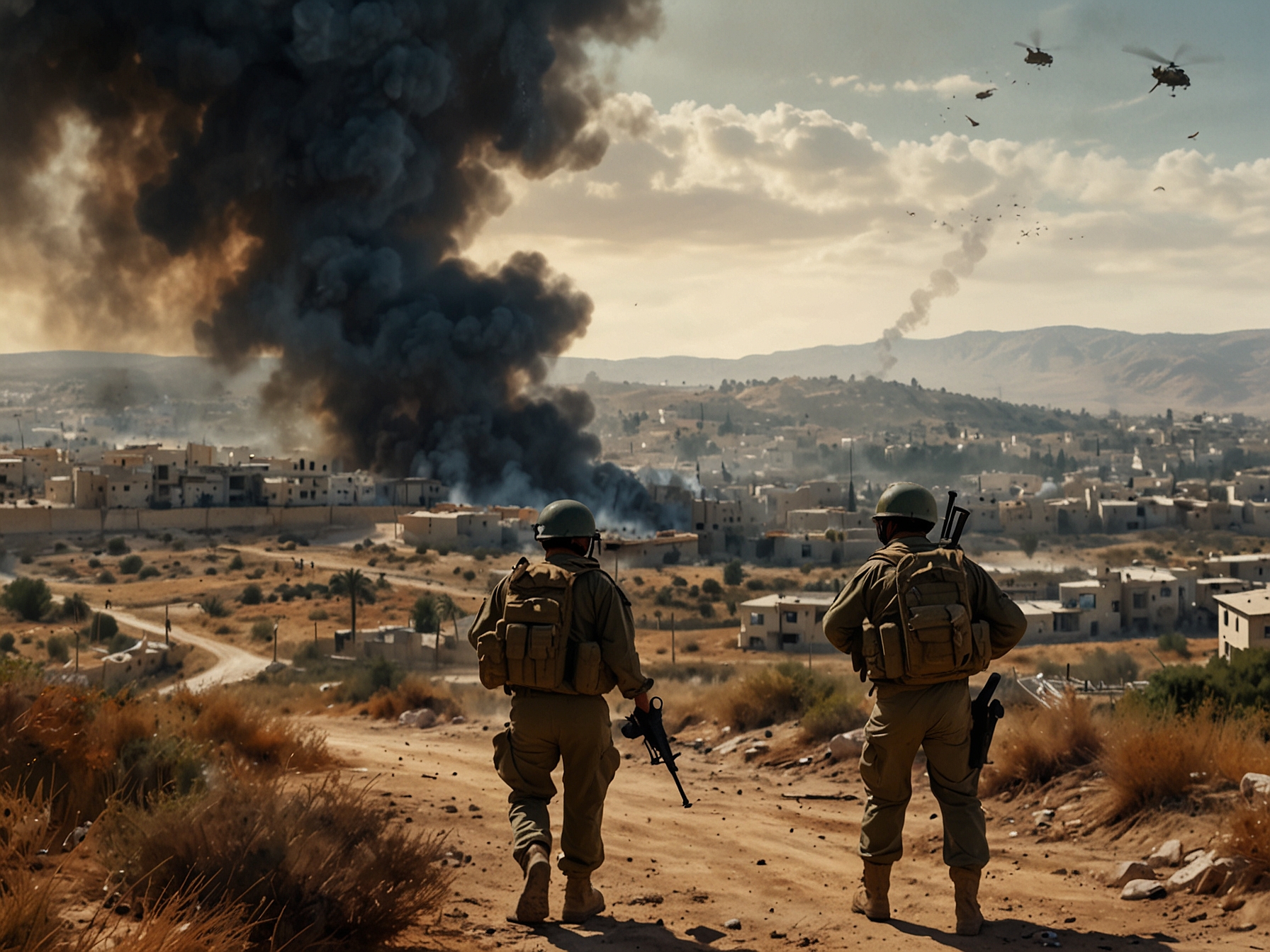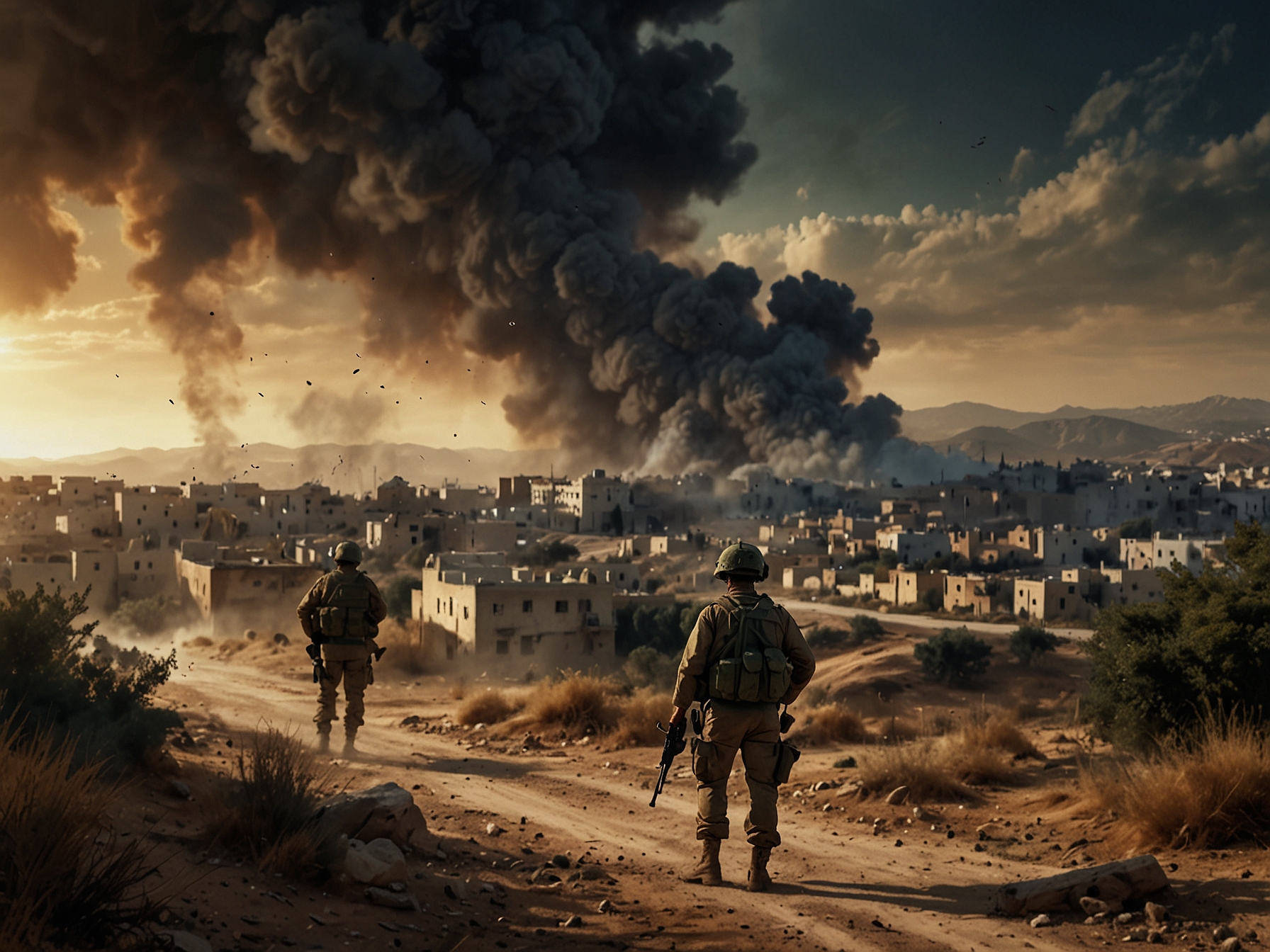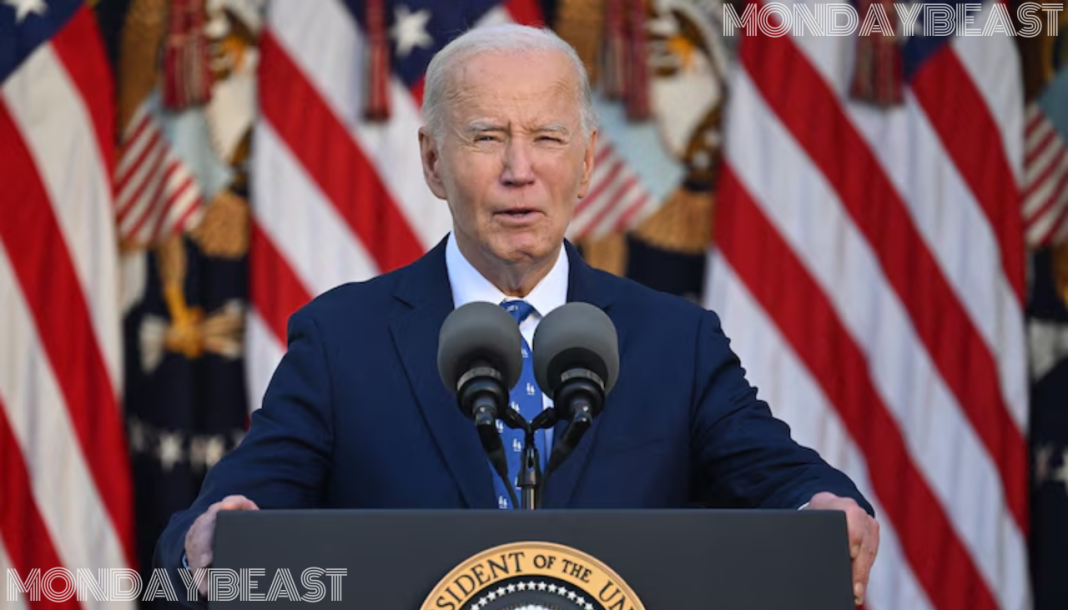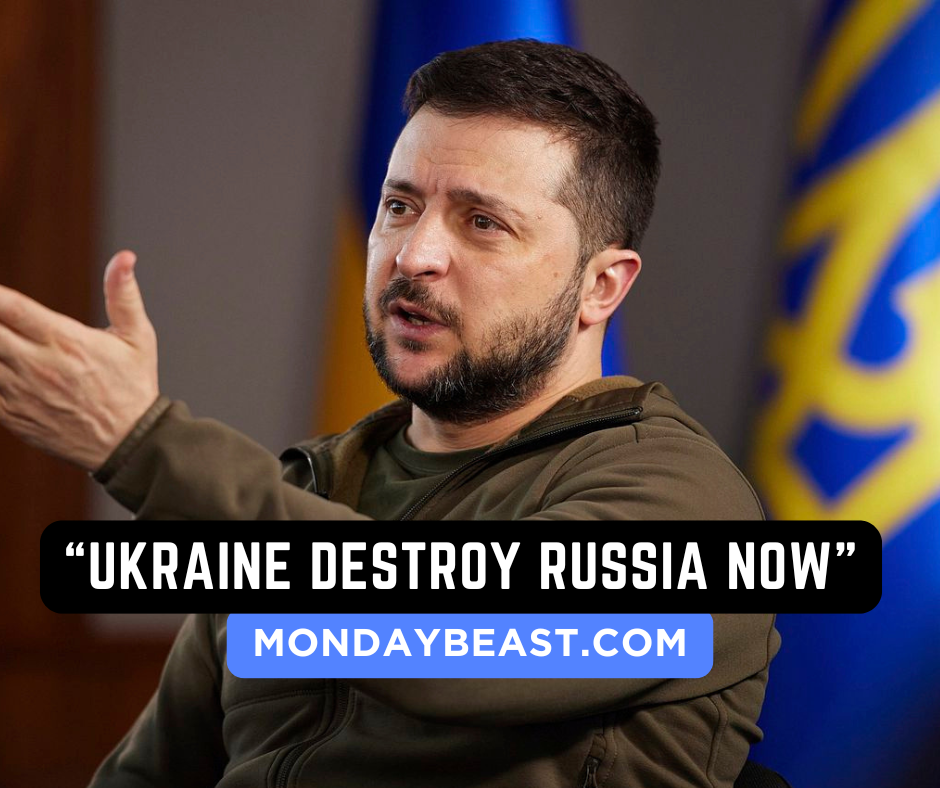On a turbulent Tuesday night, moments of hope flickered amidst a backdrop of violence. The Israeli Cabinet made a significant decision, approving a ceasefire proposal backed by the U.S. This deal, though a testament to diplomacy, carries a weight of uncertainty as the world watches closely.
The proposal, put forward by Israeli Prime Minister Benjamin Netanyahu, passed with a narrow margin: 10 votes in favor and 1 against. Far-right minister Ben Gvir stood as the lone dissenter. This divide within the Cabinet reflects a broader discourse on security and peace in a region marked by conflict.

As the clock struck 4 a.m. Wednesday, the ceasefire officially took effect. Yet, was this just a pause in the relentless cycle of violence? Not long after the announcement, explosions rippled through Beirut.
President Biden, whose administration facilitated the negotiations, emphasized the importance of this agreement. He declared that the Lebanese army would deploy to southern Lebanon. In the coming 60 days, they are expected to reclaim control from Hezbollah.
Meanwhile, Israel plans to withdraw its forces, allowing civilians to return home. But can a ceasefire truly bring peace, or is it only a temporary relief? Netanyahu expressed guarded optimism.

The Israeli Prime Minister cited the objective to maintain military readiness. His words echoed a sentiment of vigilance. “We will enforce the agreement and respond forcefully to any violation,” he stated. So, how fragile is this peace?
In Lebanon, Hezbollah has yet to comment publicly about the deal. This silence raises questions. Will they comply with the ceasefire, or resist?
The group has been known for its defiance, and their stance now could tip the scales one way or the other. Biden reiterated the stakes involved. He underscored that Israel reserves the right to defend itself.

This assertion is crucial. It reflects a broader theme of self-defense often invoked in discussions about security, especially in the context of ongoing tensions. Yet, while the ceasefire primarily addresses the conflict with Hezbollah, the war in Gaza continues unabated.
Biden articulated a commitment to finding peace in Gaza, acknowledging the suffering there. Let’s pause and reflect: can peace ever coexist with ongoing warfare? The past weeks have seen Israel intensify its military campaign against Hamas.
As Biden put it, the people of Gaza “have been through hell.” Civilians on both sides have faced immense suffering. How do we navigate this cycle of violence?
In exploring these perspectives, we must recognize a troubling reality: every ceasefire carries inherent risks. Netanyahu warned that violations could provoke military responses. “If Hezbollah tries to renew terrorist infrastructure near the border—we will attack,” he insisted. Such statements reveal a relentless approach to national security.
But at what cost? The narrative of success against Hezbollah’s leadership is also noteworthy. Netanyahu hailed “great achievements,” pointing to the alleged elimination of significant threats.
The complexity of this rhetoric lies in the broader implications for peace. Is victory in warfare synonymous with stability? As we dissect the myriad layers of this situation, one thing becomes clear.
Each decision impacts lives, shaping futures in ways we often underestimate. Families in Israel and Lebanon alike hope for a return to normalcy. They yearn for peace.
This latest ceasefire may offer a glimmer of hope. Yet, the specter of violence looms large. The world watches with bated breath, caught in a delicate dance between diplomacy and conflict.




